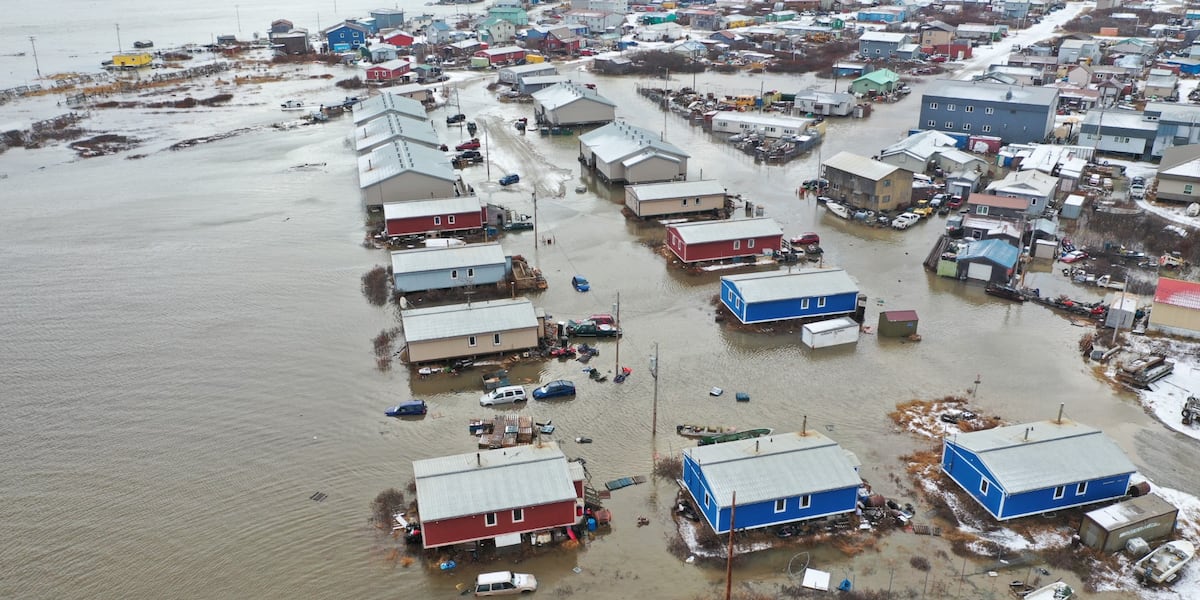A rise in syphilis cases in Alaska in recent years has led to a record number of cases of the often deadly disease being passed from mothers to babies during pregnancy, according to a new state health report.
“We saw an upward trend,” said Riley Fitting, an epidemiology fellow with the Alaska Department of Health and the lead author on the new report, which tracks congenital syphilis cases in Alaska between 2018 and 2022.
While just one case was reported in 2018, 12 cases were reported in 2022. A total of 26 cases were detected during that five-year period, the report said.
Congenital syphilis is defined as a syphilis case that’s passed from a mother to her baby during a pregnancy. If it is not detected and treated in the first trimester, the health impacts on the baby can be dire, said Dr. Joe McLaughlin, Alaska’s state epidemiologist.
It can cause miscarriage, stillbirths, low birth weight, severe anemia, jaundice, blindness and deafness, meningitis and skin rashes. Untreated syphilis in pregnant people results in infant death in up to 40% of cases, McLaughlin said.
In many of the cases reported in Alaska, the mothers had a number of risk factors, Fitting said.
“One thing we found was that prenatal care visits were either absent or limited for a lot of cases,” he said. Many of the mothers in the cases also reported substance misuse and housing instability.
[Alaska Legislature approves postpartum Medicaid coverage extension]
Fitting and McLaughlin said this week that the concerning rise in congenital syphilis is part of a broader state and national trend of sharply increasing rates of syphilis as well as other sexually transmitted infections, including chlamydia and gonorrhea in recent years.
During 2021, 442 cases of non-congenital syphilis were reported in Alaska, up drastically from 33 cases in 2017. McLaughlin said the rise in syphilis cases and other STIs is linked to a change in sex habits among adults, as well as a lack of awareness and education.
“I think when people think about syphilis, they think of this as being a disease of the past,” McLaughlin said. “But we really have seen a large resurgence of syphilis cases in Alaska and across the country.”
He cited a shift toward remote health care visits during the COVID-19 pandemic as a factor in the increase as well.
“A lot of work was being done through telemedicine, and that really is a hindrance to STI screenings,” McLaughlin said.
The increased popularity of dating apps is also a factor, he said.
“There are more people who are having multiple sexual partners through the widespread availability of dating and sex-seeking apps nationally,” he said. “These apps are really making it easy for people to find anonymous sexual partners, and that is a contributor nationally to the increase in STIs.”
Fitting and McLaughlin said that in order to address the concerning trend, increasing prenatal STI screenings and health care for high-risk mothers was very important.
“In some cases, people really can’t afford to go get prenatal care and really don’t know how to access health care that is affordable. So that’s a barrier,” McLaughlin said.
Alaskans can access free or reduced health care through local public health centers. In Anchorage, the city health department provides sliding scale fees based on need, as does the Anchorage Neighborhood Health Center.
Alaskans can also visit iknowmine.org for free STI screening kits mailed to their homes.

:quality(70)/cloudfront-us-east-1.images.arcpublishing.com/adn/47WLN4GEQRFRTBLMTM7XT7GNX4.jpg)




















/cdn.vox-cdn.com/uploads/chorus_asset/file/25822586/STK169_ZUCKERBERG_MAGA_STKS491_CVIRGINIA_A.jpg)

/cdn.vox-cdn.com/uploads/chorus_asset/file/25821992/videoframe_720397.png)




/cdn.vox-cdn.com/uploads/chorus_asset/file/23935558/acastro_STK103__01.jpg)